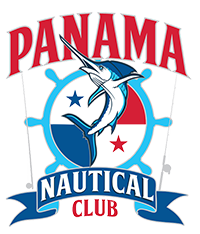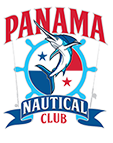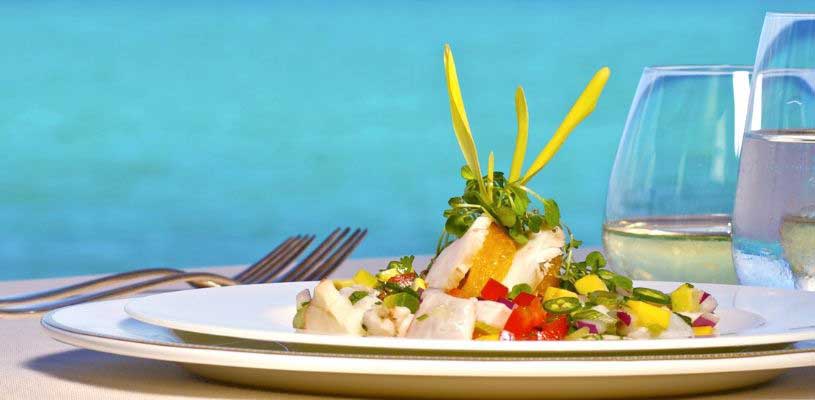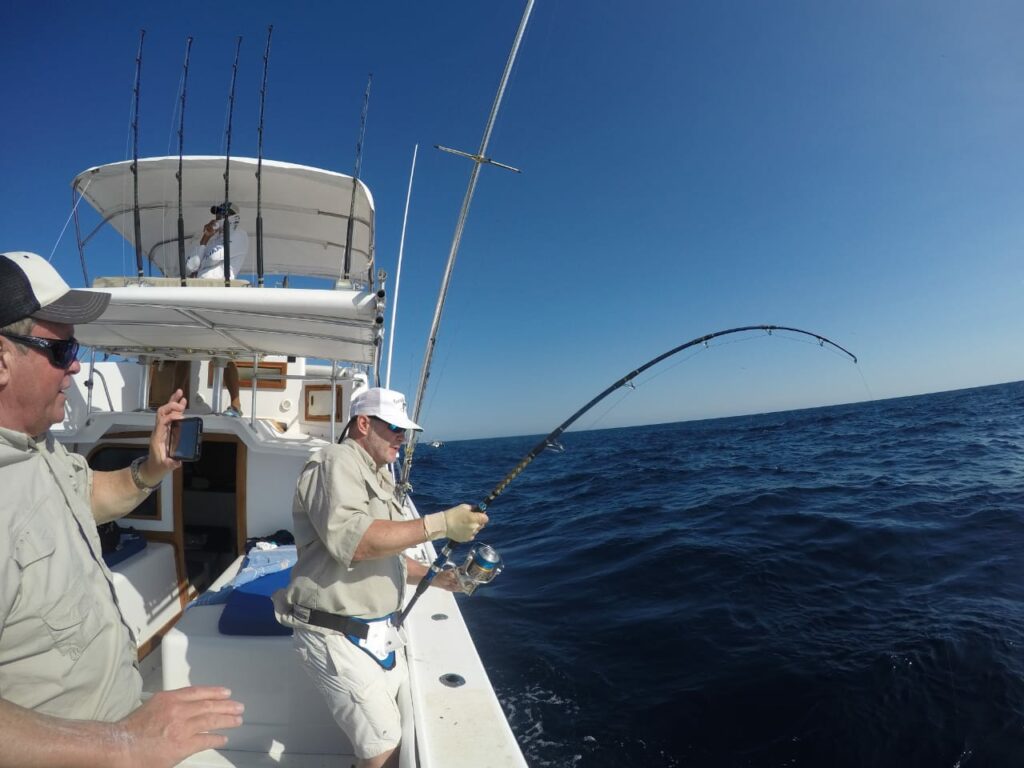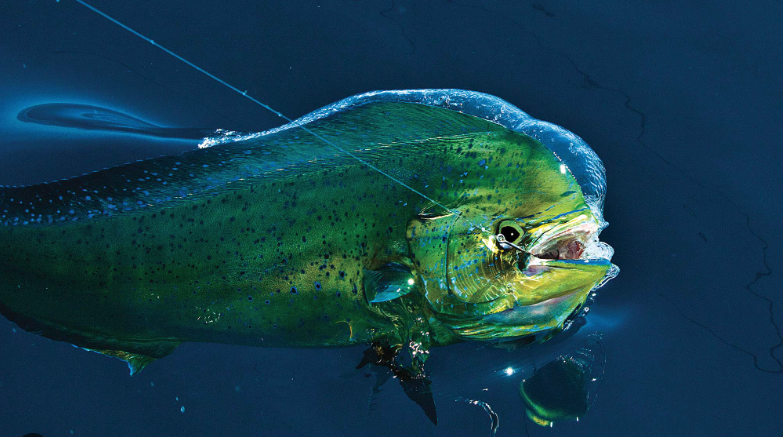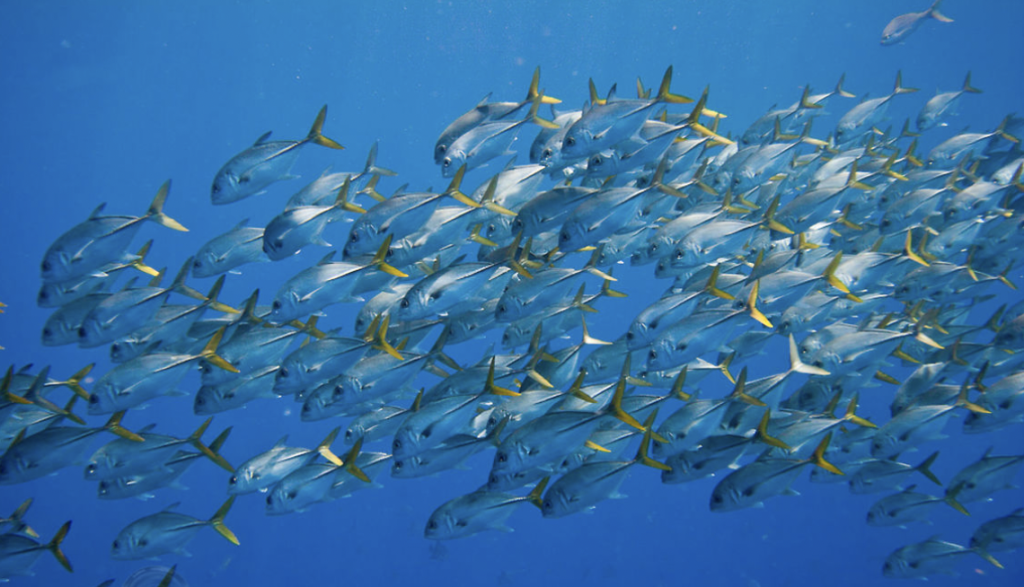Taking into consideration the impact of Panama’s weather on fishing is a good idea when it comes to planning the right time to embark on your fishing adventure. Panama’s weather has a significant impact on fishing in the region, as weather patterns, water conditions, and fish behavior, can all affect the overall fishing experience.
Here are some ways in which Panama’s weather can affect fishing:
Seasons (Rainy vs Dry)
Panama has distinct wet and dry seasons. The rainy season typically runs from May to November, while the dry season runs from December to April. The dry season is considered one of the best times for fishing in Panama. During this period, the weather is generally more stable, with lower chances of rain and more predictable conditions. The waters are warm, and fish are typically more active and easier to locate. Offshore fishing for species like marlin, sailfish, and tuna is popular during this time. The transitions between seasons can also offer enhanced fishing opportunities. Fish often change their behavior and locations as seasons shift. The period just before the rainy season (April to May) and the beginning of the dry season (November) can be particularly productive. During the wet season in coastal areas, runoff from heavy rains can affect water clarity and salinity which influence sight-fishing opportunities and the effectiveness of certain lures and techniques. Furthermore, the hurricane season, which coincides with the rainy season can disrupt fishing activities and make offshore trips unsafe.
Water Temperature
Water temperature plays a crucial role in fish behavior and feeding patterns. In Panama, the temperature remains relatively warm throughout the year, making it suitable for a variety of fish species. Though warmer waters during the dry season often leads to increased fish activity and feeding.
Wind, Currents, and Tides
Wind patterns and ocean currents can influence the movement of fish and the availability of bait. Strong winds can create choppy seas, affecting smaller boats’ ability to venture offshore. Tides affect water levels, which can influence where fish gather to feed. In tidal estuaries and flats, tidal changes can reveal feeding areas and trigger fish activity.
El Niño and La Niña
These are climate phenomena that have a significant impact on weather patterns and ocean conditions in Panama. El Niño, characterized by warmer ocean temperatures, can lead to altered fish behavior and migration patterns. La Niña, marked by cooler ocean temperatures, can lead to increased rainfall and potentially affect fishing conditions. The last El Niño event took place in 2023 and in 2018/19 with La Niña’s last cycle taking place in 2016/2017.
Fish Migration
Many fish species migrate based on temperature changes and other environmental factors. Panama’s weather, particularly during the dry season, can influence fish migrations, making certain species more abundant in specific areas. Different fish species have peak seasons when they are most abundant or active. For example, certain species like roosterfish and cubera snapper can be targeted effectively year-round. Whereas the months of January and February are often highlighted as the peak of black marlin season due to stable weather, warm water temperatures, and increased fish activity. Similarly, the dry is also a favorable time to target larger yellowfin tuna, as they are often more active and feeding closer to the surface during this period. Check out our fishing calendar for more information on the best fishing times broken down by species and month.
In summary, factors related to Panama’s weather, including its rainy and dry seasons, temperature fluctuations, wind patterns, tides, and climate phenomena like El Niño and La Niña, can all impact fishing conditions and fish behavior. The best time to fish in Panama also depends on your personal preferences. If you prefer comfortable weather and calm seas, the dry season might be your preferred time. On the other hand, if you’re targeting specific migratory species or enjoy challenging conditions, you might opt for other times of the year.
